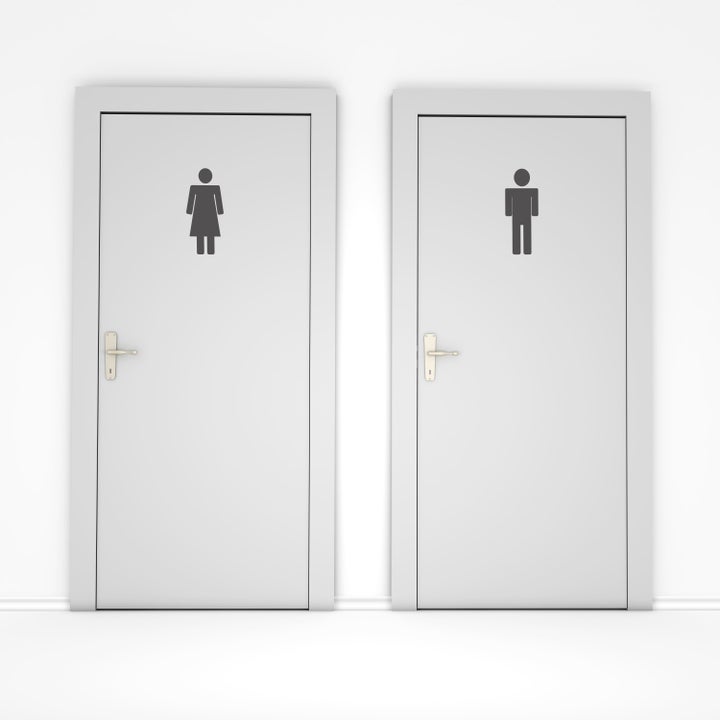
Earlier this month, Sarah Lawrence College updated its editorial style guide to include gender-neutral language, including “humankind” in lieu of “mankind,” “chair” in lieu of “chairman,” and “they” as a singular pronoun, in lieu of “he or she.”
The latter change is considered grammatically incorrect by some, but the school seems to believe the change is worthwhile. Daniel Trujillo, dean of studies and student life, explained in a statement issued to The Huffington Post:
Sarah Lawrence College is sensitive and supportive of all efforts to make gender equality in language appropriate for women, men and those who are not binary gender. The use of gender sensitive and inclusive language makes all members of our community visible as persons of equal value, deserving of dignity and respect.
He emphasized that this practice ― which is outlined in the school’s editorial style guide ― pertains to internal usage and is directed at students. Still, the school’s choice is part of a wave of changes being made among institutions responsible for distributing information.
At the end of 2015, The Washington Post announced that is now allows employees to use the singular “they” to refer to genderqueer individuals. The publication still preferred that a sentence be recast as plural when possible, so singular pronoun quagmire could be avoided altogether.
And, just last week, The Associated Press issued a similar update to its style guide, writing that subjects who don’t identify as either male or female should be referred to by name, or else as “they/them/their,” if re-wording the sentence isn’t possible.
The Chicago Manual of Style has its own guidelines for avoiding exclusive pronoun use, too, including restating the noun the pronoun is meant to replace, and revising the clause altogether. While the 16th edition of the stylebook prefers ‘he or she’ as a last resort, a recent update to the 17th edition is more explicitly accepting of the singular ‘they.’
Not everyone is on board with the changes, for reasons both thoughtful and pedantic. Last year Amanda Hess argued in The New York Times, “It’s precisely the vagueness of ‘they’ that makes it a not-so-ideal pronoun replacement. It can obscure a clear gender identification with a blurred one.” It’s difficult, then, for genderqueer individuals to assert their identity, when the aligning pronoun is oftentimes used in other contexts as a mistake. Less considered arguments, such as Gersh Kuntzman’s at New York Daily News, call the change “tyranny by the uneducated, lazy or merely millennial,” and seem merely progress-averse.
But is the singular “they” really so revolutionary? A professor of English and Linguistics at the University of Illinois, Dennis Baron, compiled a history of singular, genderless pronouns, beginning in the late 1700s. In March of 1794, a writer for The Medley or New Bedford Marine Journal defended the use of a singular “they,” writing, “we wished to conceal the gender.”
Shortly after, in 1808, Samuel Taylor Coleridge wondered in his notebooks, “Whether we may not, nay, ought not, to use a neutral pronoun relative, or representative, to the word ‘Person’ [...]”.
The timeline continues, citing regular criticisms of English’s lack of gender-inclusive language. In 1845, abolitionists said the use of “he” to refer to all people impeded women’s success; in 1868, the alternatives “en,” “han” and “un” were suggested by various publications. Defenses of the singular “they” surfaced in local newspapers, and was defended by Ursula K. Le Guin, whose science-fiction stories explore gender fluidity.
If she, and Coleridge, and a bevy of other writers from centuries past, could embrace the pronoun, isn’t it time the rest of us do, too?
Clarification: Language has been added and amended regarding the Chicago Manual of Style, to reflect that it does not establish firm rules as much as offer guidance on usage and that a recent update of the manual does allow for more latitude in the use of a singular “they.”

